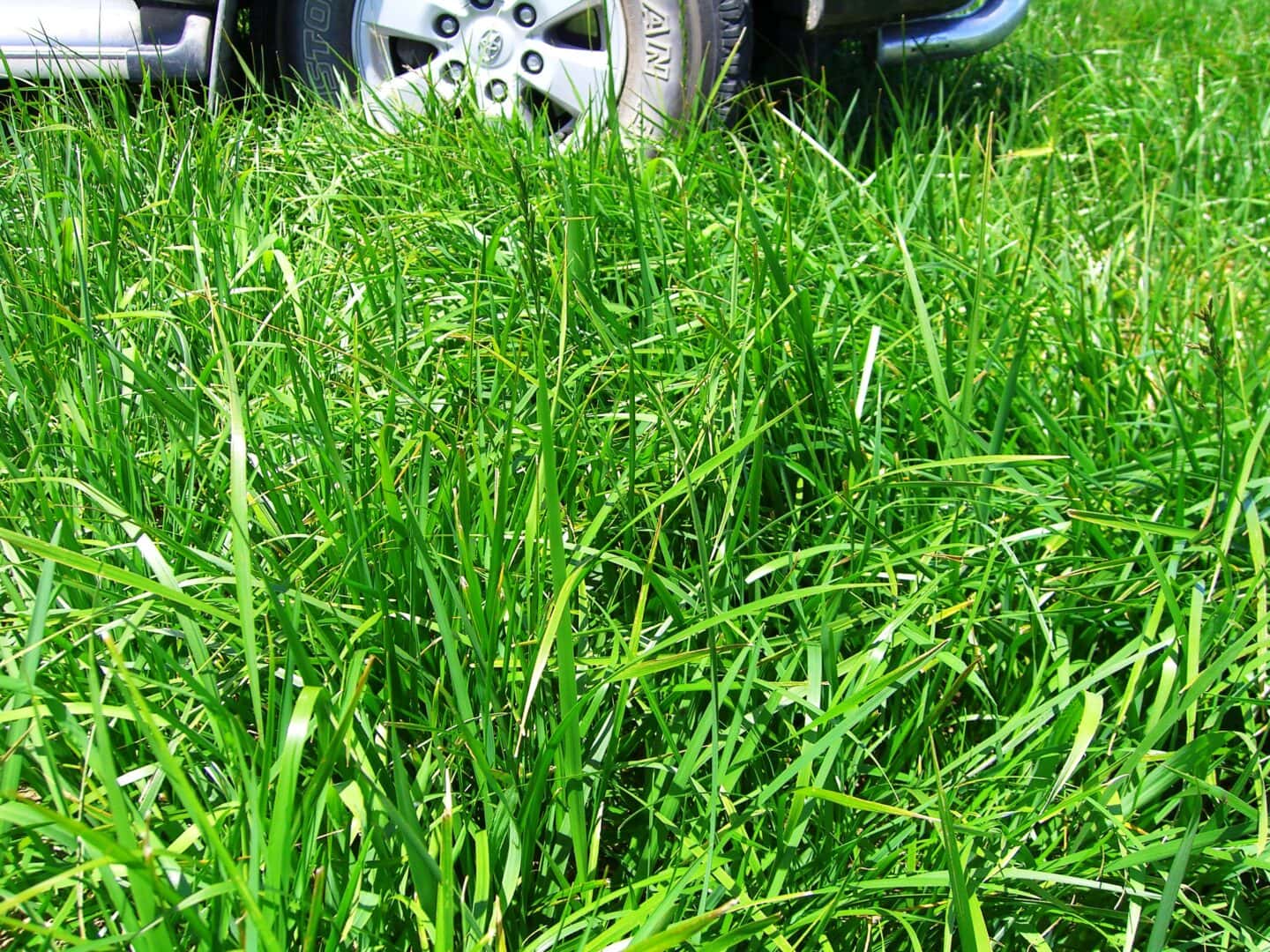Ebor, NSW
Site type:
Demonstration Site | Trial Site
Established: 2023-current
- 41 Ryegrass varieties
- 4 Tall fescue varieties
- Forage rape
- Red clover
- Plantain
In partnership with one of our reputable customers, the establishment of a trial and demonstration site in Ebor, NSW was developed in 2023. The trial will compare the growth and persistence of 41 ryegrass varieties and 4 tall fescue varieties, all of which are commonly used for pasture grasses. In addition to the trial, the site also feature demonstrations of forage rape, red clover, and plantain for winter forage production.
Our team has meticulously curated this site to gain valuable insights and data on the performance and adaptability of these different species and varieties in the region’s climate and soil conditions. This collaboration trial and demonstration site is a testament to our dedication to providing the very best seed solutions, and giving our farmers the opportunity to make informed decisions.
Latest Trial Site Updates
Discover the latest news from our trial and demonstration sites across Australia.
Latest Trial Data
Research, development, and extension activities are a significant focus at S&W Seed Company. Growers can access historical and current
trial research information and data on a wide range of topics to assist in decision making, planning, and implementing new management practices.
-
Grazing Tolerant Lucerne Selection Trial
The Grazing Tolerant Lucerne Selection Trial conducted by S&W Seed Company focused on evaluating the grazing tolerance of new lucerne material.
-
Lucerne Feed Quality Trial
The Lucerne Feed Quality Trial was conducted with the aim of assessing the standing forage quality of various commercial lucerne varieties as two-year-old stands.
-
L70 Lucerne v Aurora Comparison Trial
The S&W L70 Lucerne vs Aurora trial aimed to compare the performance and attributes of L70 Lucerne and Aurora, two varieties of lucerne forage crops.
-
Lucerne Live Weight Gain Trial 2014
Throughout the duration of the trial, all varieties were exposed to the same environmental conditions and assessed equally by being grazed simultaneously by three grazing groups of steers; one group on each variety at any time.
